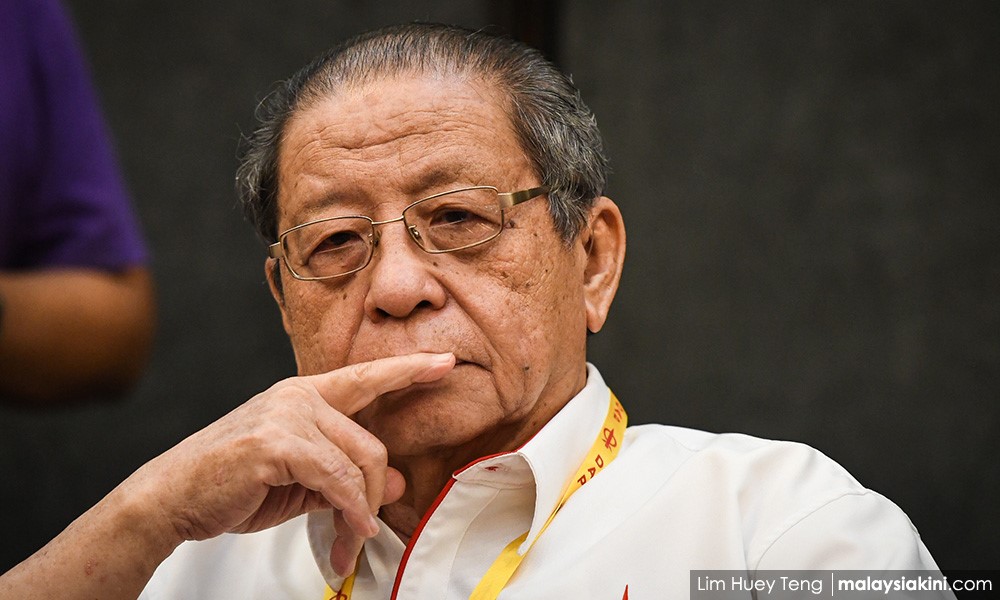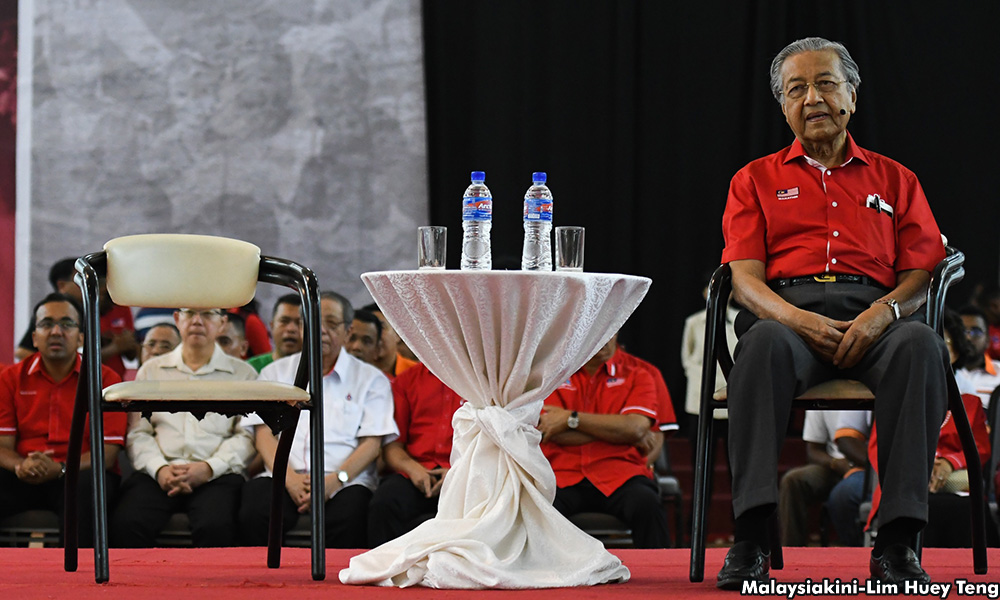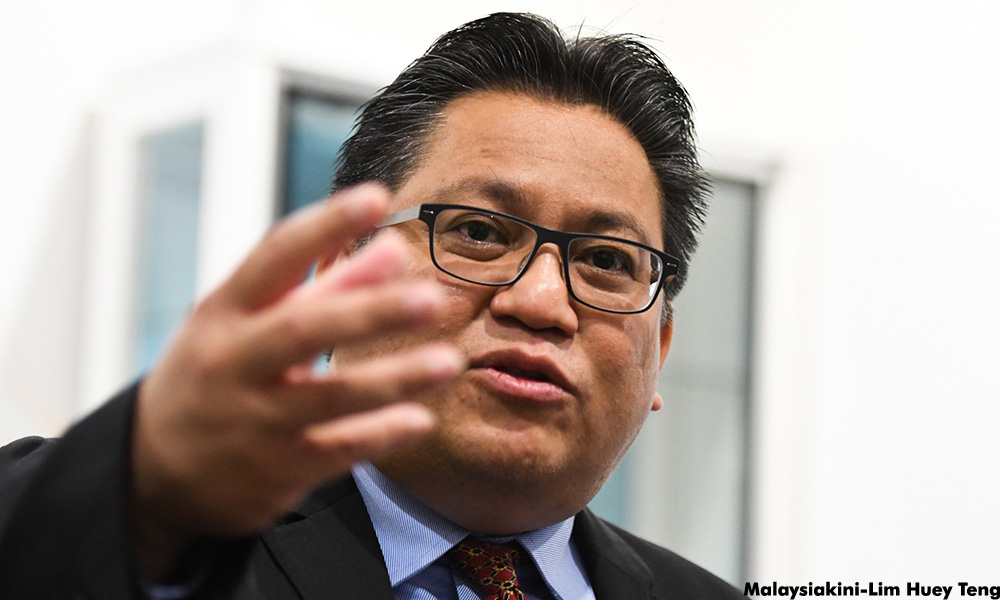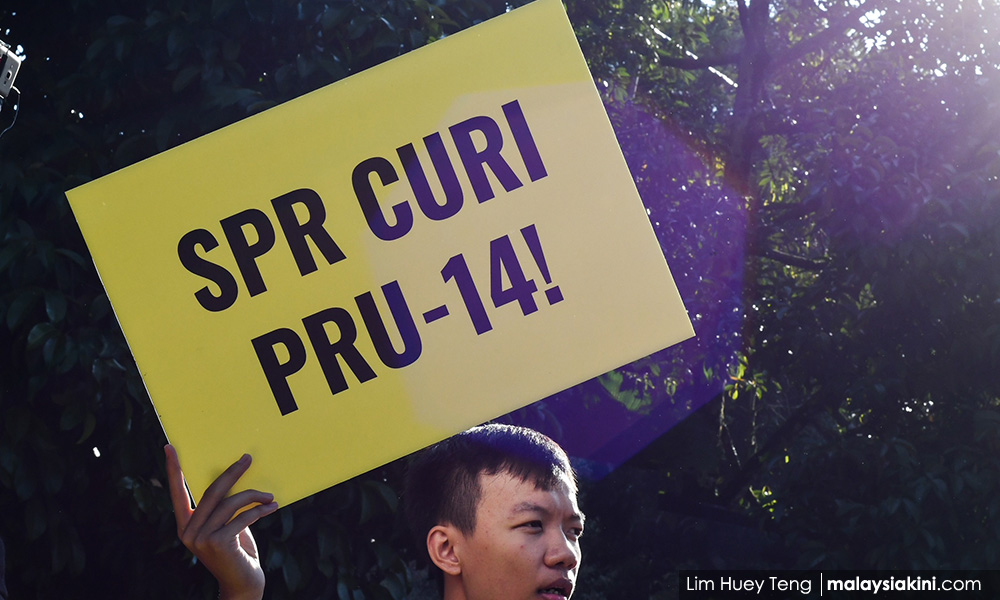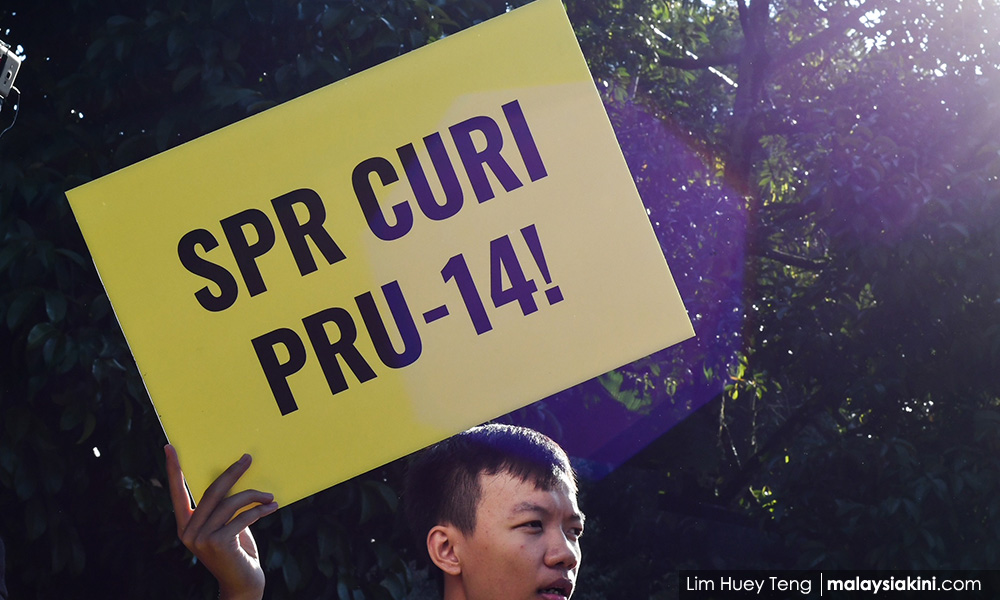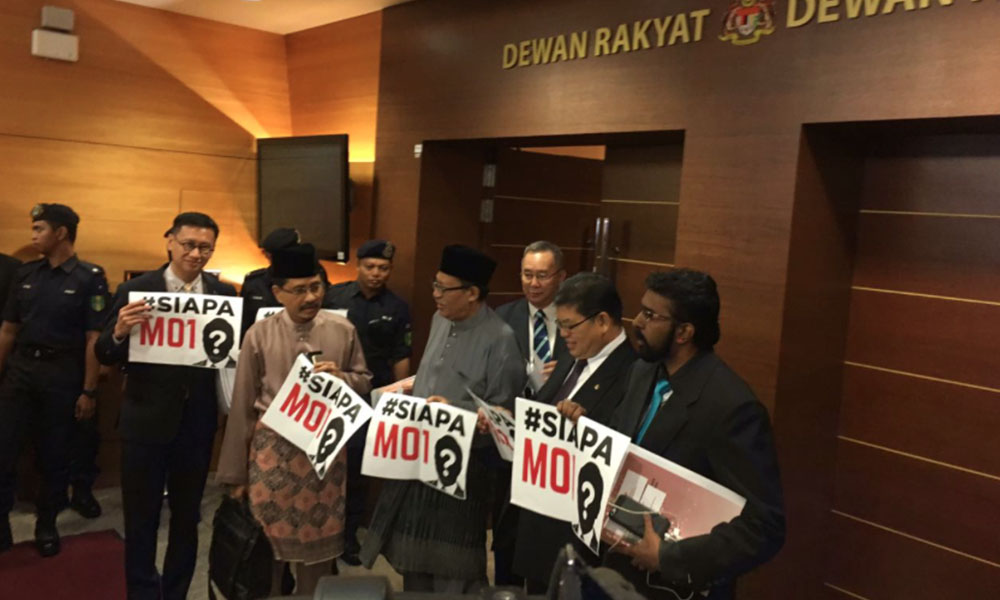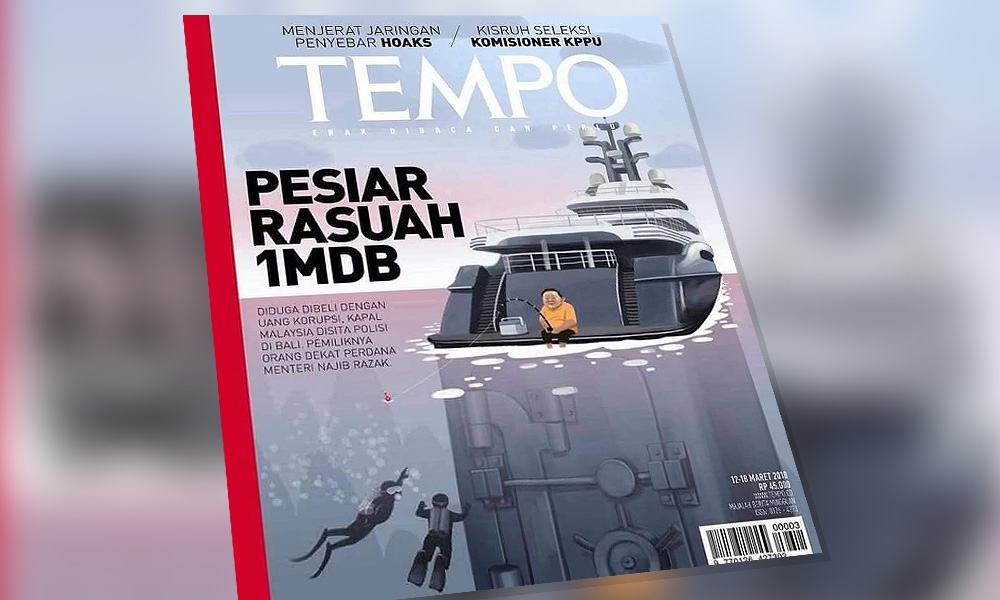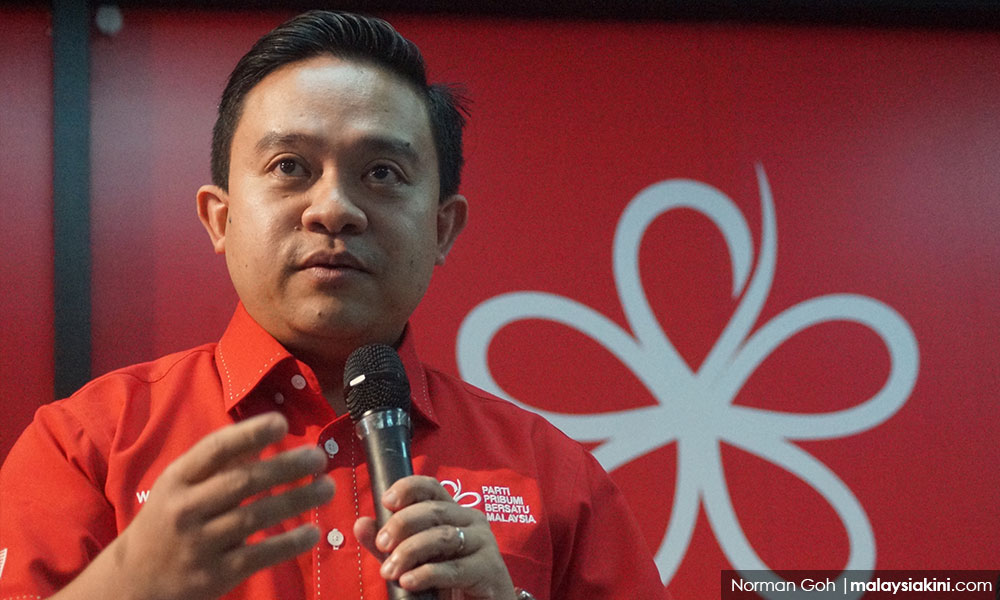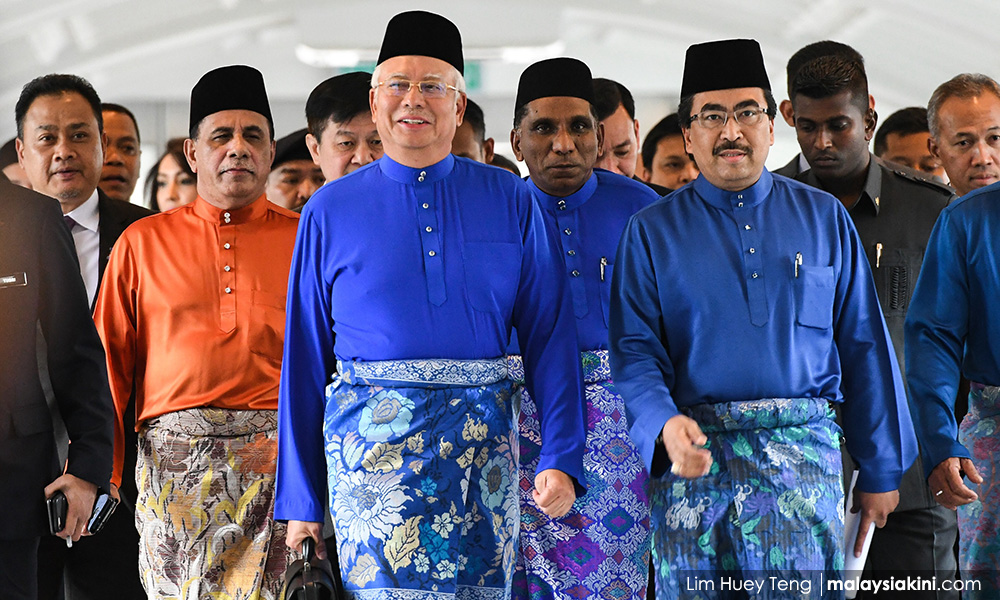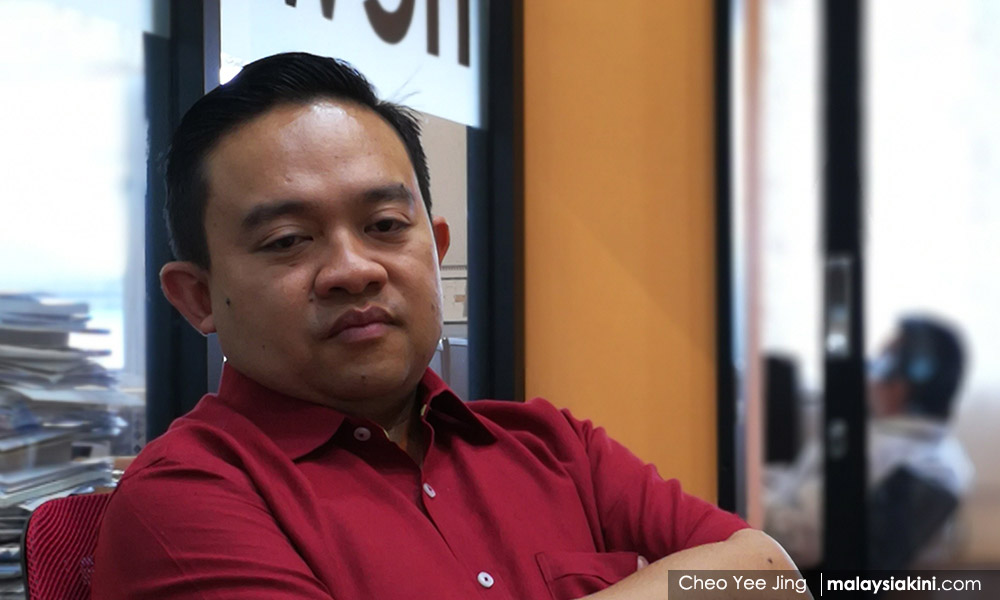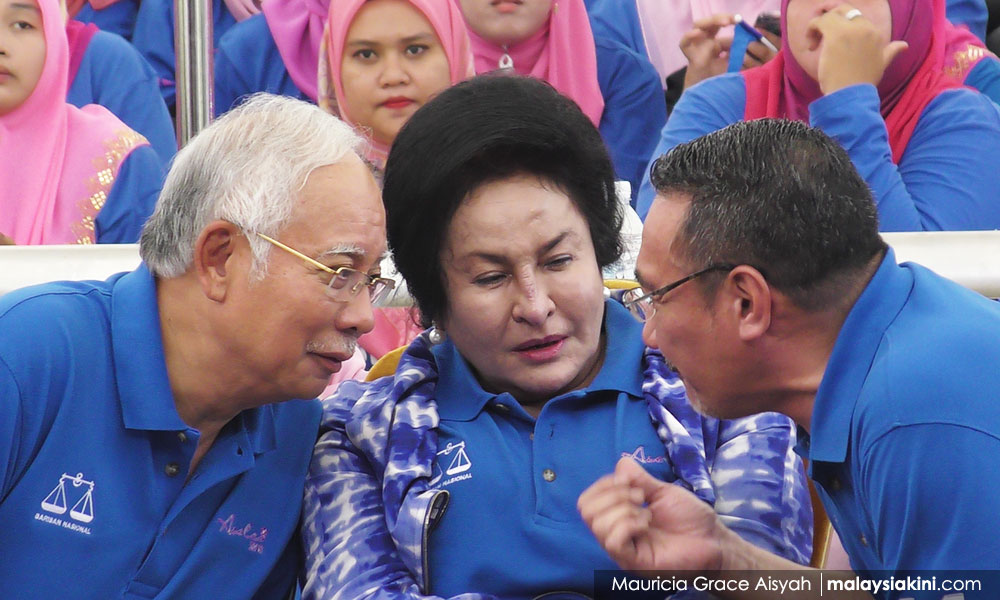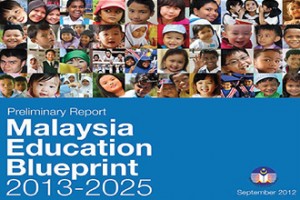 The Chinese educationist group Dong Zong issued the following statement explaining that the threat of elimination of mother tongue schools has been a historical fact and that the Deputy Minister of Education Mary Yap was wrong in saying that Dong Zong did not understand the Malaysian Education Blueprint.
The Chinese educationist group Dong Zong issued the following statement explaining that the threat of elimination of mother tongue schools has been a historical fact and that the Deputy Minister of Education Mary Yap was wrong in saying that Dong Zong did not understand the Malaysian Education Blueprint.
Dong Zong explaings that:
1. According to news reports, Deputy Education Minister Y.B. Datuk Mary Yap Kain Ching made the following statement during her response to questions raised in the Senate: “I think Dong Zong does not quite understand the Education Development Blueprint. In fact, elimination of mother tongue schools does not exist in Malaysia.On the contrary, there is a section in Chapter 7 of the Blueprint that mentions about the continuation of mother tongue schools. Therefore, I think this is a misunderstanding.”
2. United Chinese School Committees’ Association of Malaysia (Dong Zong) wishes to state that they have not misunderstood the Education Blueprint, but have instead revealed policies and measures found in the Blueprint which are unfavourable to the survival and development of mother tongue education and schools of various streams, and have demanded the relevant authorities to revise the Blueprint. Deputy Minister Datuk Mary Yap should acquire a deeper understanding of the oppression and threats imposed by various education legislations, reports, policies and measures as well as education blueprints on mother tongue education.
The Long Existence of Mother Tongue Schools under the Threat of “Elimination”
3. Dong Zong wishes to point out that, the fact that various mother tongue schools have constantly been under the threat of “elimination” since the 1950s is a historical fact that cannot be disregarded. Such historical facts include:-
(a) The Barnes Report 1951, which advocated the implementation of a National School System in which English or Malay language is the main medium of instruction, while abolishing the schools of other language streams, and prioritising National Schools in the allocation of educational resources during the transition period.
(b) The Education Ordinance 1952, which advocated the implementation of a National School System in which English or Malay language is the main medium of instruction, and the gradual transformation of Chinese and Tamil schools into National Schools, so as to bring students of various races together to study in National Schools.
(c) Clause 12 of the Razak Report 1956, which states that “the ultimate objective of educational policy in this country must be to bring together the children of all races under a national educational system in which the national language is the main medium of instruction, though we recognise that progress towards this goal cannot be rushed and must be gradual.”
(d) Section 21(2) of the Education Act 1961, which stipulates that “if at any time the Minister is satisfied that a National-type Primary School can suitably be converted into a National Primary School, he may order that such primary school be converted into a National Primary School.”
(e) The Education Act 1996, which continued the implementation of the “ultimate objective” of the Razak Report and stated in its Preamble and section 17 that the national educational policy is to be executed through a system which provides for the national language as the main medium of instruction, and that the national language must be the main medium of instruction in all educational institutions within the national education system.
The Education Blueprint Seeks to Implement the “Ultimate Objective” of the Razak Report
4. When announcing the formulation and implementation of the Education Development Blueprint, Deputy Prime Minister and Education Minister Tan Sri Muhyiddin Yassin has on successive occasions expressed that he would pay close attention to whether the policies and objectives of the Razak Report 1956 could be fully implemented, and that the Blueprint safeguards and implements the education policies stated in the Education Act 1996.
5. Dong Zong wishes to point out that the essence of relevant documents such as the Malaysia Education Blueprint 2013-2025, the Upholding Bahasa Malaysia and Strengthening English Programme 2010 and the National Education Policy 2012 is to implement the “ultimate objective” of the Razak Report towards monolingual educational policies under the guise of “Upholding Bahasa Malaysia” and “National Unity” and with the purpose of establishing monolingual schools and a mono-racial country. The “ultimate objective” has long been put in place in National-type Secondary Schools, English Secondary Schools, English Primary Schools and Christian Schools, with their medium of instruction being converted to the national language, followed by its implementation in pre-school education in kindergartens, and Chinese and Tamil Primary Schools. The Malaysia Education Blueprint 2013-2025 is the tool for implementing the “ultimate objective”.
6. Even though Deputy Minister Datuk Mary Yap claimed that Chapter 7 of the Education Blueprint does mention the continuation of mother tongue schools, there is a continued existence and even increase of unfavourable policies and measures found in the Blueprint and its relevant documents which marginalise Chinese and Tamil Primary Schools and seek to change their nature and eliminate them. They have, in greater space and length, emphasised the role of the national language and National Schools as a tool for national unity, and the national language as the main medium of instruction for all educational institutions, and have stated the view that the existence of Chinese and Tamil Primary Schools constitutes a threat to the integration of the national education system. The Education Blueprint has therefore deployed such measures including:-
(a) That all kindergartens must adopt and comply with the pre-school education curriculum of the Ministry of Education, which would ultimately realise the establishment of an education system in which the national language is the medium of instruction at the pre-school stage, as stipulated in the National Education Blueprint 2006-2010.
(b) Substantially increasing the teaching time for the national language in Chinese and Tamil Primary Schools in the name of “Upholding Bahasa Malaysia” and with the purpose of establishing a mono-racial country (Nation State), without fundamentally solving the issues of availability of teachers, curricula, teaching methods, textbooks and examinations.
(c) Eroding the powers and functions of School Boards, such as those of Chinese Primary Schools and other schools, and depriving them of such powers and functions, and altering the member structures of School Boards, through various means, ultimately causing the School Boards to lose their ownership of the schools and their rights to manage, hold trust for and use the school property, rendering the School Boards to exist in nothing but name.
(d) The Student Integration Programme does not stipulate that participating schools may freely choose their own medium of instruction, which further erodes the nature and characteristics of mother tongue education in Chinese and Tamil Primary Schools. The circulars and guidelines of the Ministry of Education provide that the national language is the medium of instruction for the Student Integration Programme, and that all meetings, ceremonies, statements, announcements, publicity, publications and other matters must be carried out in the national language. The use of other languages is restricted, and they lose their status as mediums of instruction.
(e) Reiterating the Vision School Programme, with the intention of bringing schools of various streams together in the same campus, ultimately changing the medium of instruction in Chinese and Tamil Primary Schools to the national language, and realising the “ultimate objective” of the Razak Report 1956.
(f) Proposing measures of merging and closing under-enrolled schools, thus further reducing the number of Chinese and Tamil Primary Schools and utterly ignoring the people’s demand for institutionalised funding and land allocation for the establishment of additional Chinese and Tamil Primary Schools.
(g) Realising National Primary and Secondary Schools as the school of choice or preferred schools for all parents, and reviewing “the options of various streams of schools” and “the structure of the national education system”, in order to effect further “changes”. This means that the Ministry of Education will review the legal status of schools such as Chinese and Tamil Primary Schools and the value of their existence, and the basic rights of parents to choose mother tongue education or to choose schools from any stream of medium of instruction for their children. This will lead to schools such as Chinese and Tamil Primary Schools continuing to be marginalised and facing the threat of elimination through alteration of their nature and the loss of their legal status.
7. Dong Zong wishes to point out that, through a review of the above historical facts and an analysis of documents such as the Education Blueprint, the following conclusion can be reached: the essence of the Education Blueprint is the implementation of the “ultimate objective” towards monolingual educational policies, and there appears to be an absence of policies and measures by the authorities to continue and develop mother tongue schools.


